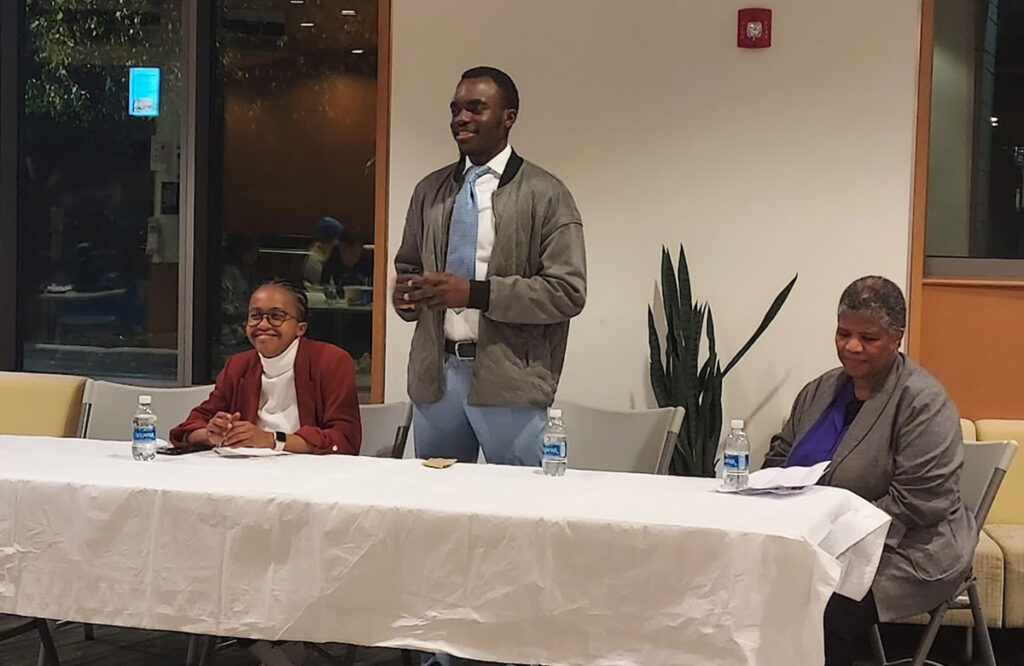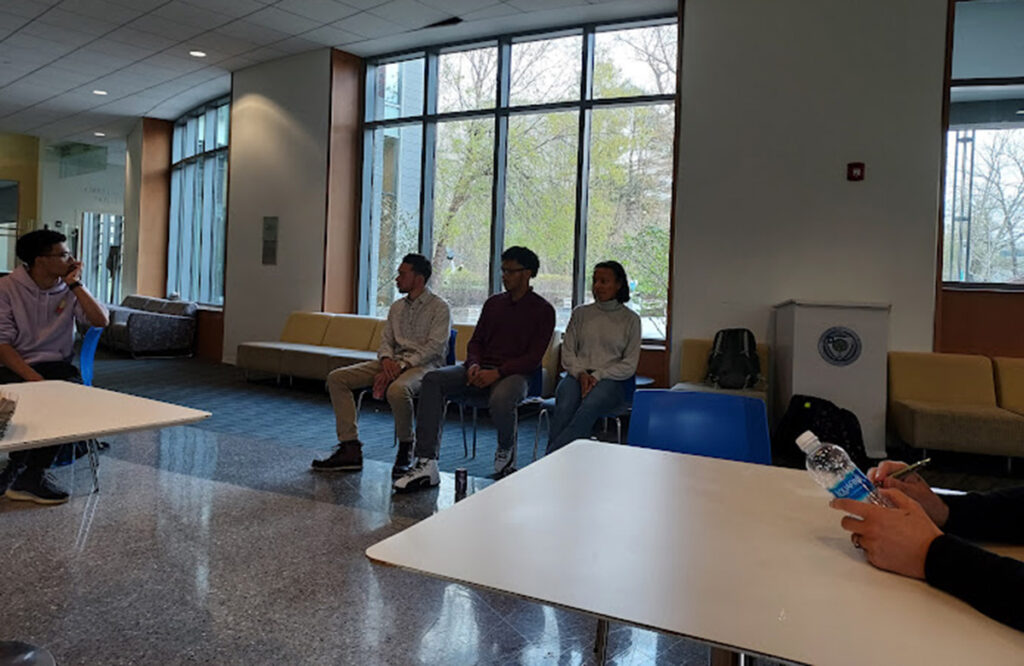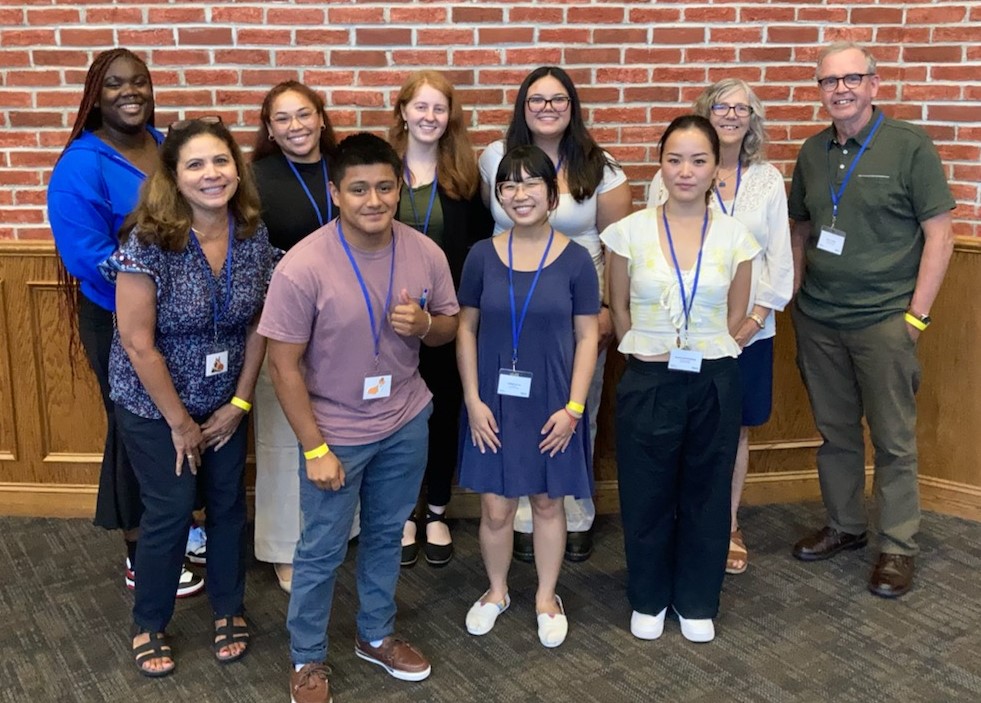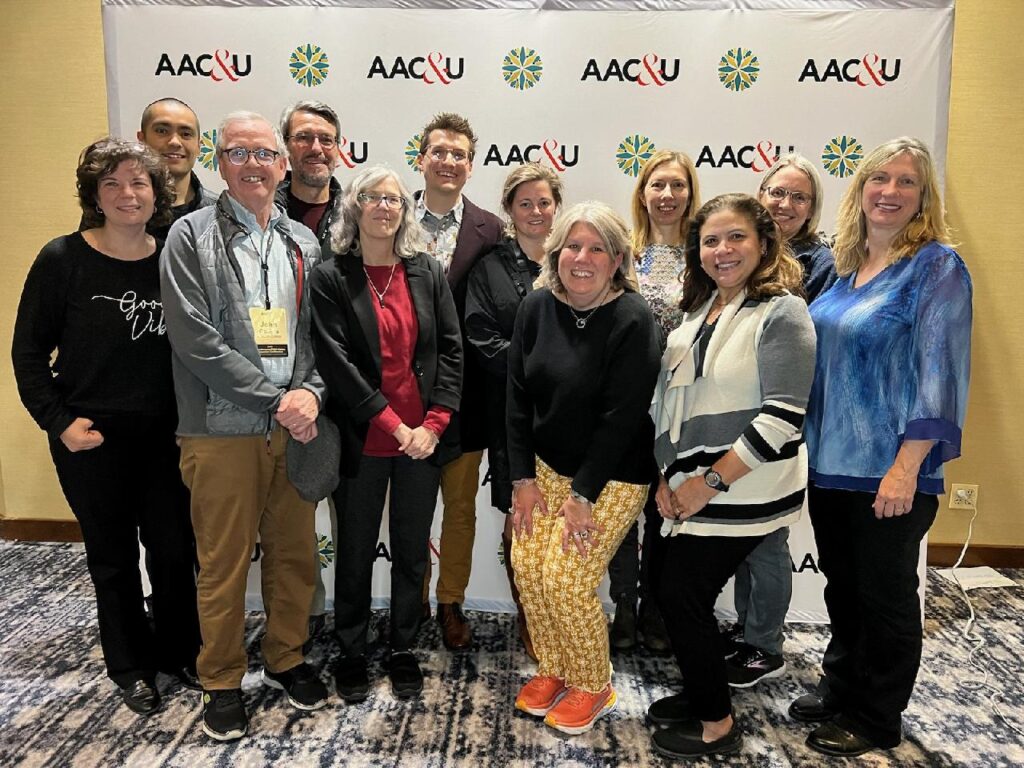WISE supports a range of opportunities for students, alumni, faculty and staff to learn from each other and advance diversity, equity, inclusion and belonging in STEM. Through on-campus panels and workshops as well as external conferences and symposia, we support inclusive excellence in STEM at Wheaton and beyond.
Alumni Panels
WISE supported two panels featuring recent Wheaton alumni of color. In spring 2023, Environmental Science and Biology graduates Mia Murray (‘22), Andres Ripley (‘18), and Ayinde Best (‘22) returned to give a panel on their success at Wheaton and in their careers. Andres is a Program Director with the Neponset River Watershed Association. Mia is a fellow with the Smithsonian Tropical Research Institute. Ayinde is a fellow with the Woods Hole Oceanographic Institution.
In fall 2023, Biochemistry majors Kellia Karambizi (’22) and Christopher Kombo (’23) discussed how their Wheaton experience prepared them for their current careers and future goals. Kellia is a 2021 HHMI fellow who presently works as a Research Associate at Akttyva Therapeutics. Chris is applying to medical school while working part time as a Pharmacy Technician.
More than 50 current Wheaton students attended the panels, asking for advice from the five presenters.
Symposium
Wheaton Inclusive STEM Excellence leadership team and students attended the “Elevating the Student Voice” symposium at Mercy College in summer 2023. Students presented posters on their scientific research and campus-change projects aimed at building community and removing barriers to student success in STEM. This opportunity was made possible by the 2018 Inclusive Excellence grant from the Howard Hughes Medical Institute awarded to improve institutional capacity for supporting first generation students and students of color in STEM.
Faculty Development
As part of our inclusive STEM initiative, we provide opportunities for faculty to attend conferences and engage in professional development experiences. Most recently, Wheaton STEM faculty traveled to Washington, DC to attend the AAC&U Transforming STEM Education Conference.
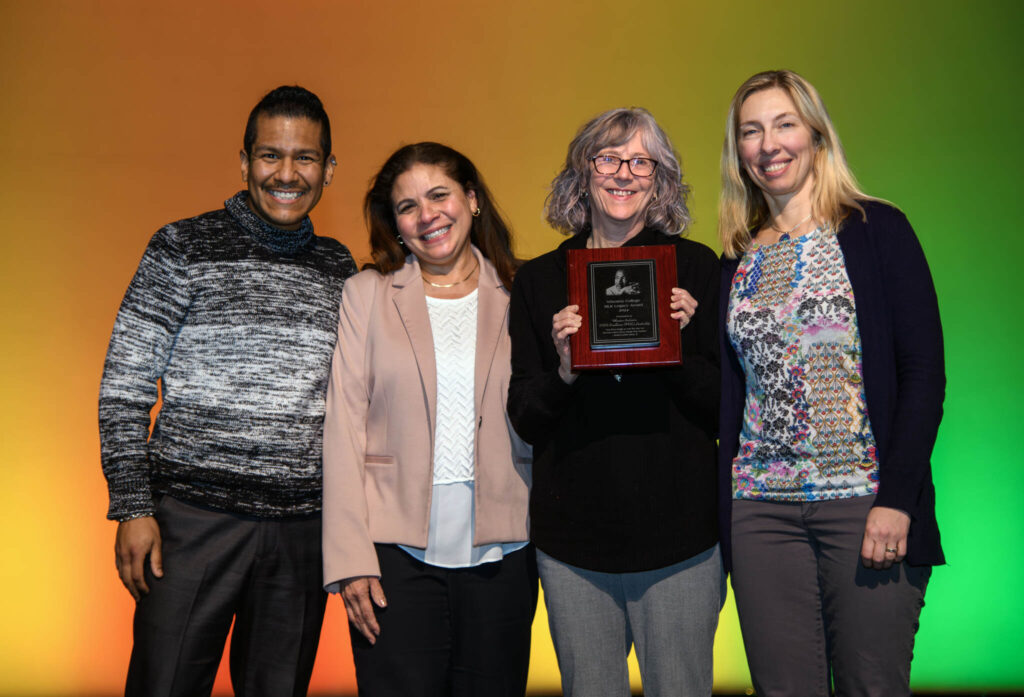
MLK Legacy Prize
The STEM leadership team, including Professors Jani Benoit, John Collins, Rachelle DeCoste, Jessie Knowlton and Juvenal Lopez, and Dean Raquel Ramos, of the Marshall Center for Intercultural Learning, were recognized with a Martin Luther King Legacy Prize, awarded by Wheaton College in spring 2024. According to the nomination, “This team of committed faculty and staff has worked over the past six years to engage the STEM academic departments to move toward making STEM areas more inclusive and accessible. They have challenged and supported colleagues through these efforts, encouraging faculty to reflect on their various aspects of their work and then take action.”

